Cargando...
Recursos educativos
-
Nivel educativo
-
Competencias
-
Tipología
-
Idioma
-
Tipo de medio
-
Tipo de actividad
-
Destinatarios
-
Tipo de audiencia
-
Creador
-
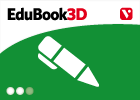
Answer. Pollination, fertilisation and the formation of seeds
EduBook Organización
- 3502 visitas
Remember what you have studied in this section and answer the questions: In what two ways can pollen be transferred? What do we call the process where the spermatozoid and ovule meet? What does the…
-
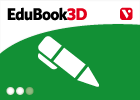
Answer. The fruit. The dispersal and germination of seeds
EduBook Organización
- 3292 visitas
Remember what you have studied in this section and answer the questions: What happens to the pistil as the seed develops? Give two examples of fleshy fruits and two examples of dry fruits. How many…
-

Complete. A summary of plant reproduction
EduBook Organización
- 2560 visitas
Write these words in the correct spaces: bulbs zygote spores ovule stamens tubers calyx seed germination transferring pistil embryo stamens A flower is made up of a , a corolla, and a pistil.…
-

Final evaluation 10 - The Plant Kingdom
EduBook Organización
- 1752 visitas
Use the following phrases to explain the difference between monocotyledon angiosperms and dicotyledon angiosperms: seed with a cotyledon – flower with 3 petals or multiples of 3 – leaves with…
-
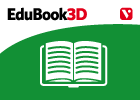
Plants are living things
EduBook Organización
- 8180 visitas
What are plants? Plants are living things. Like animals they are born, they grow, they reproduce and they die. Plants use seeds to reproduce. A new plant grows from a seed. Plants are different from…
-

True/false. 20th century art
EduBook Organización
- 4487 visitas
Are the following sentences true or false?: In the first decades of the 20th century, art no longer aimed to imitate reality. The Impressionists and Post-Impressionists of the late 19th century had…
-
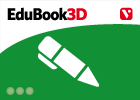
Summarise. Art in the 20th century
EduBook Organización
- 4466 visitas
Summarise the content of the text. Write a heading for each paragraph. The Impressionists and Post-Impressionists of the late 19th century had already planted the seed of experimentation, innovation and…
-
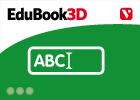
Initial evaluation 01 - Plant reproduction
EduBook Organización
- 2657 visitas
Decide if the following statements are true (T) or false (F): The fruit contains the seed. ➝ The fruit can be edible or not. ➝ All edible fruits are fleshy. ➝ Seeds germinate as soon as they fall…
-
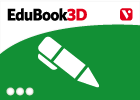
Think. Plant reproduction
EduBook Organización
- 2155 visitas
Answer these questions in your notebook: Why do you think that the petals of flowers are often brightly coloured? Why are the seed-buds inside the pistil? At what point do seeds use the food supply they…
-

Converting units
EduBook Organización
- 1847 visitas
A bronze statue has a mass of 0.6 tonnes. If we want to express it in kilograms, we need to make the following conversion: If a seed has a mass of 18 milligrams and we want to express it in grams, we…
Te estamos redirigiendo a la ficha del libro...













